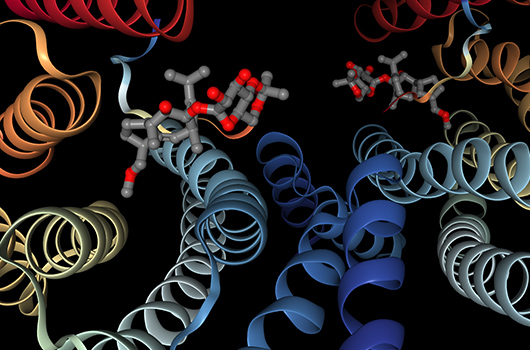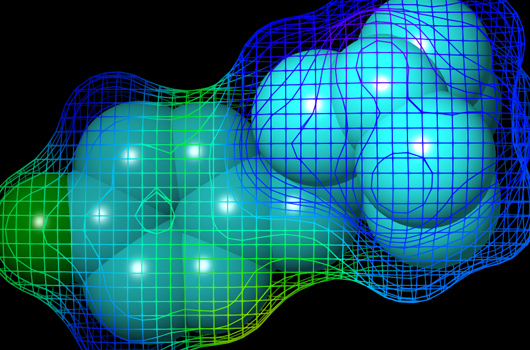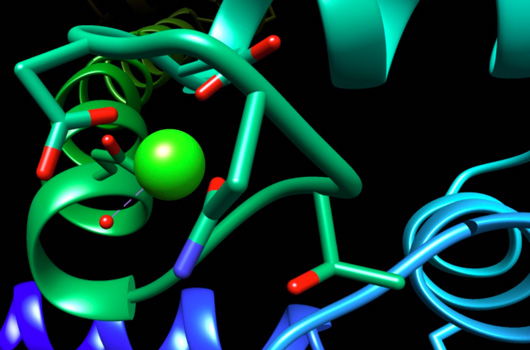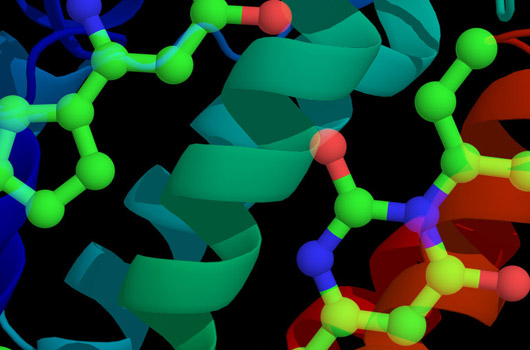
PPI Fragment Library
A major challenge in modern drug discovery and chemical biology is the ability to identify inhibitors of protein–protein interactions (PPIs). In recent years, fragment-based approaches targeting PPIs have emerged as a new methodology that is aimed to address this challenge. Comparative analysis of “normal” fragments with those targeting PPIs has revealed that the latter tend to be larger, be more lipophilic, and contain more polar (acid/base) functionality. These physicochemical properties correlate well with optimized PPI inhibitors and are exploited in the rational design of PPI-specific fragment libraries.




